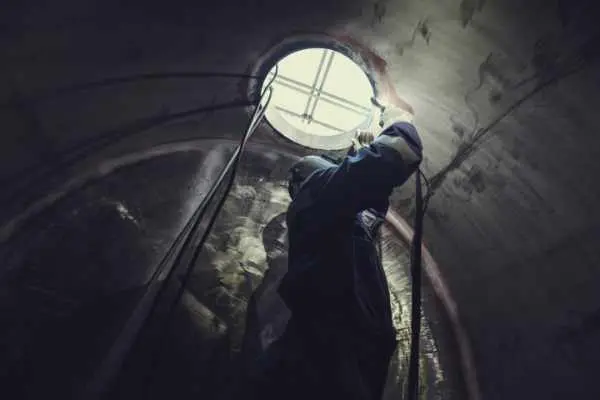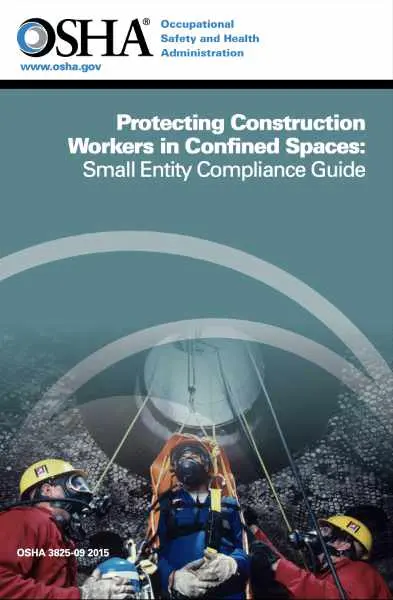What 7 things define a confined space?
Confined spaces can be a serious risk for your team. Protecting employees from hazards related to confined spaces requires workers to be able to identify holes or openings in walking or working areas. Confined spaces often are the most dangerous areas for workers because the hazards are often hidden without proper equipment. Learn more

A quick way to define a confined space is when the space is not designed for continuous employee occupancy and if it is not designed with features such as ventilation, lighting, and sufficient room to work and move about that are needed if people are to occupy it continuously.

- The need to use a ladder or movable stairs
- Stairs that are narrow or twisted
- A door that is difficult to open
- Doorway that is too small to exit while walking upright
- Obstructions such as pipes, conduits, ducts, or materials
- Space a worker would need to crawl over or under or squeeze around
- The need to travel a long distance to a point of safety
Protecting workers in confined spaces is a serious responsibility. This small compliance guide includes Employer Responsibilities, Identifying Permit Spaces, Permit Space Program and much more.
Download Confined Space Compliance Guide Now >
Equipment for safe entry
In addition to personal protective equipment, other equipment that employees may require for safe entry into a permit space includes:
■ Testing, monitoring, ventilating, communications and lighting
equipment;
■ Barriers and shields;
■ Ladders; and
■ Retrieval devices.
Detection of hazardous conditions
If hazardous conditions are detected during entry, employees must immediately leave the space. The employer must evaluate the space to determine the cause of the hazardous atmosphere and modify the program as necessary. When entry to permit spaces is prohibited, the employer must take effective measures to prevent unauthorized entry.
Non-permit confined spaces must be evaluated when changes occur in their use or configuration and, where appropriate, must be reclassified as permit spaces. A space with no potential to have atmospheric hazards may be classified as a non-permit confined space only when all hazards are eliminated in accordance with the standard. If entry is required to eliminate hazards and obtain data, the employer must follow the standards specific procedures in the standard. [learn more]










